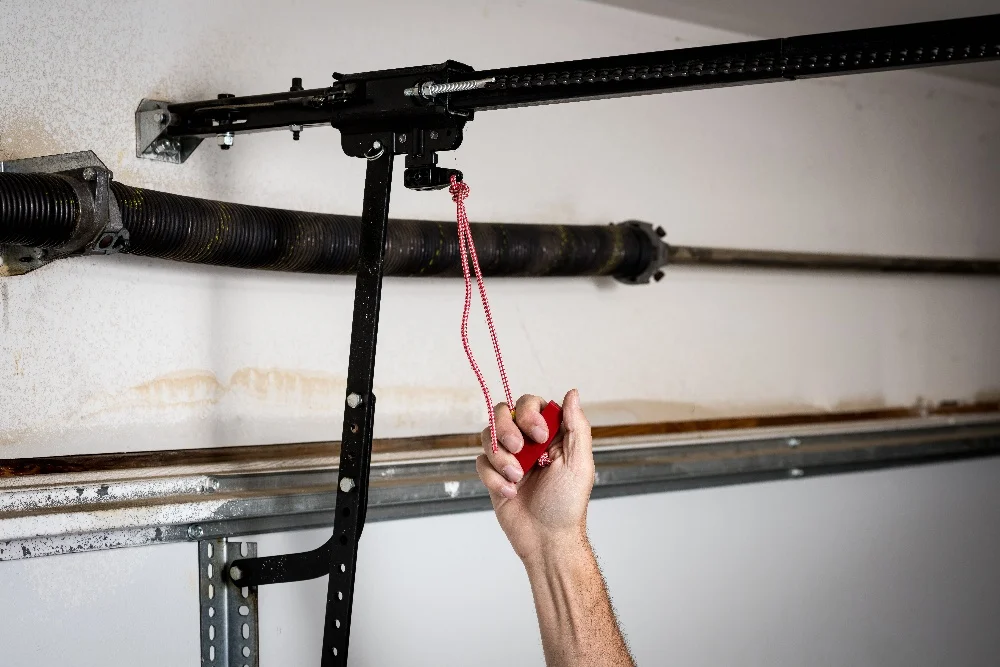Experiencing the frustration of a garage door that refuses to open after you’ve manually released it? This unexpected issue can leave you feeling stranded and unsure of what to do next. In this comprehensive troubleshooting guide, we’ll delve into the possible reasons why your garage door is not opening after manual release and provide practical solutions to help you get it back on track.

Understanding the Problem: Garage Door Not Opening After Manual Release
When you manually release a garage door from its opener mechanism, it should be able to be opened and closed manually without any issues. However, if your garage door is not responding to manual efforts after being released, it could indicate a problem with the door’s tracks, springs, or other components. Let’s explore some common reasons why this issue may occur:
- Track Misalignment: If the garage door tracks are misaligned or obstructed, it can prevent the door from moving smoothly along its path. This can occur due to damage, debris buildup, or improper installation of the tracks.
- Broken Torsion Springs: Torsion springs are responsible for counterbalancing the weight of the garage door and assisting in its opening and closing. If a torsion spring breaks or becomes damaged, it can render the door inoperable, even after manual release.
- Faulty Emergency Release Mechanism: The emergency release mechanism on a garage door opener is designed to disengage the door from the opener in case of a power outage or malfunction. If this mechanism is faulty or improperly engaged, it can prevent the door from opening manually.
- Disconnected or Broken Cables: The cables that run along the sides of the garage door are essential for lifting and lowering the door. If these cables become disconnected or broken, it can hinder the door’s ability to open and close properly.
Troubleshooting Steps to Resolve the Issue
Now that we’ve identified some potential causes, let’s explore troubleshooting steps to diagnose and resolve the problem:
Step 1: Inspect the Tracks
Start by visually inspecting the tracks on either side of the garage door for any signs of misalignment, damage, or debris buildup. Use a level to ensure that the tracks are properly aligned vertically and horizontally. Clear away any obstructions or debris that may be obstructing the door’s movement.
Step 2: Check the Torsion Springs
Inspect the torsion springs above the garage door for damage like rust, corrosion, or breaks. If any spring seems damaged, avoid DIY repair as it’s hazardous. Contact a professional technician for inspection and replacement.
Step 3: Verify the Emergency Release Mechanism
Check the emergency release mechanism on the garage door opener to ensure that it is properly engaged and disengaged. Follow the manufacturer’s instructions for operating the emergency release mechanism, and make sure that it is functioning correctly.
Step 4: Examine the Cables
Check both sides of the garage door for securely attached cables without frays or breaks. If a cable is damaged or disconnected, do not attempt to repair it yourself. Contact a professional technician to replace the cables safely.
Conclusion
Facing a stuck garage door post manual release can be frustrating. With patience and careful troubleshooting, you can pinpoint and fix the issue. Follow the guide steps and take safety measures to restore your garage door’s functionality and regain home access.
Read too: The Complete Guide to Tighten Chain On Garage Door Opener for Smooth Operation



Leave a Reply